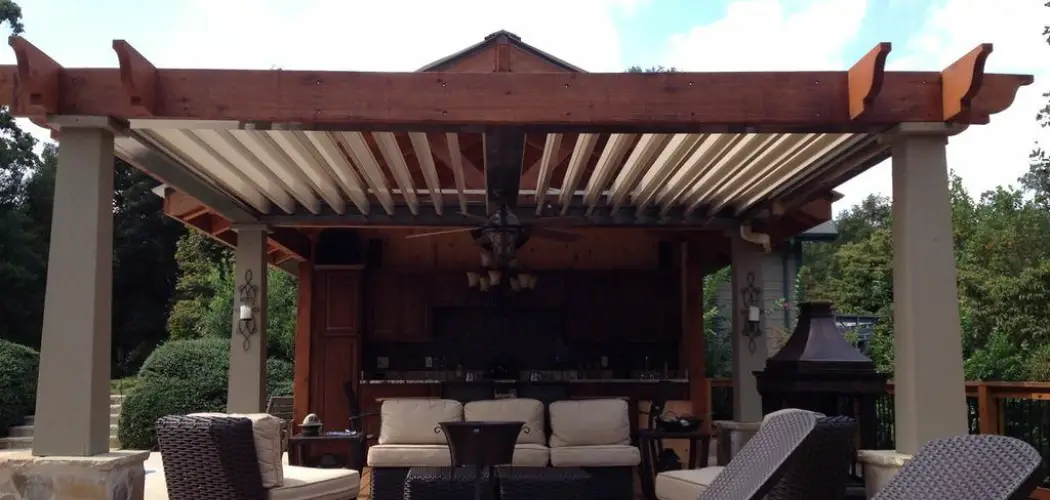Creating a gable roof patio cover is an excellent way to transform your outdoor space into a stylish and functional haven, providing shade and protection from the elements.
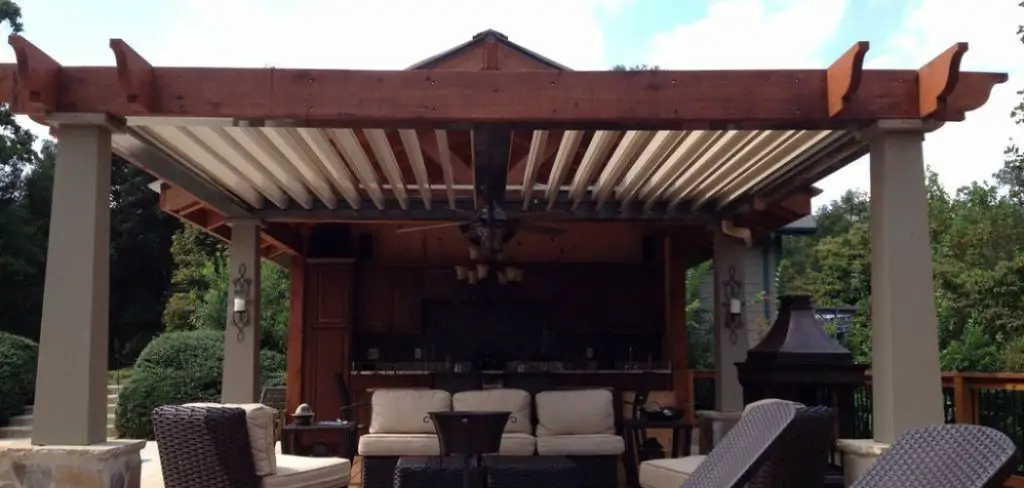
Whether you’re looking to enhance your outdoor living experience or add value to your property, understanding how to build a gable roof patio cover is essential. In this article, we will take you through the steps and considerations necessary to construct a sturdy and attractive gable roof patio cover.
From planning and design to selecting materials, framing the structure, and finishing touches, we will provide a comprehensive guide. Whether you’re a seasoned DIY enthusiast or a novice in the world of construction, this article will equip you with the knowledge and skills to embark on this rewarding project, turning your outdoor area into a comfortable and inviting space for relaxation and entertainment.
Benefits of a Gable Roof Patio Cover
A gable roof patio cover is a great addition to any backyard or outdoor space. It not only provides shade and shelter, but it also adds aesthetic appeal to your home’s exterior. In this section, we’ll discuss the numerous benefits of having a gable roof patio cover.
- Increased Curb Appeal: Gable roof patio covers have a triangular shape that adds dimension and visual interest to your home’s exterior. They can be customized with different materials and finishes to match your home’s style, making it a seamless addition.
- Better Ventilation: The triangular shape of a gable roof allows for better air circulation, keeping your patio area cool during hot summer months. This is especially beneficial if you plan on using your patio for outdoor dining or entertaining.
- More Natural Light: With the open sides of a gable roof patio cover, natural light is able to filter through, creating a bright and airy space. This makes it a perfect spot for enjoying your morning coffee or reading a book in the afternoon.
- Protection from the Elements: Gable roofs are designed to withstand heavy rain and snow, making them a durable and reliable option for outdoor shelter. This allows you to enjoy your patio even during inclement weather.
- Added Space: A gable roof patio cover effectively extends your living space by providing an outdoor area that can be used year-round. It’s a great way to make the most of your backyard and increase the functionality of your home.
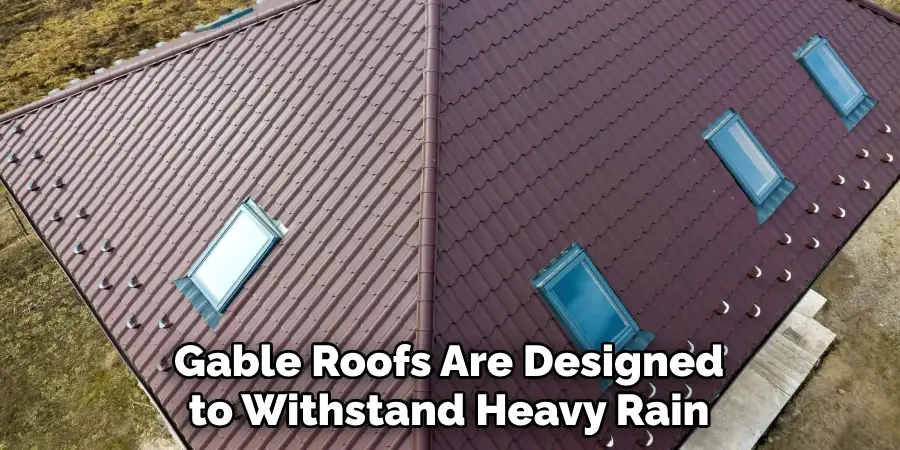
10 Methods How to Build a Gable Roof Patio Cover
1. Prepare the Foundation
Before building a gable roof patio cover, you must first prepare the foundation. This involves clearing away any debris from the area and leveling the ground. You should also install footings to provide support for the patio cover’s structure. Once the foundation has been prepared, you can begin constructing your patio cover.
2. Assemble the Frame
The next step is to assemble the frame of your patio cover. This involves cutting and joining together pieces of lumber to form a rectangular frame that will form the basic shape of your patio cover. You should ensure that all joints are securely fastened together with screws or nails before continuing on to the next step.
3. Install Rafters
Once the frame is in place, it is time to install rafters on top of it. These rafters will provide support for your gable roof and should be cut to size before being attached to the frame with screws or nails. Make sure that all rafters are securely fastened in place before continuing on to the next step.
4. Install Roof Sheathing
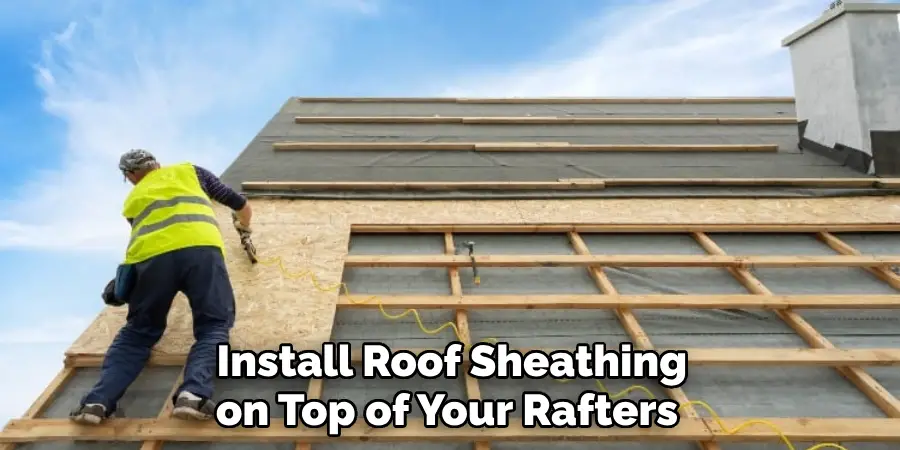
The next step is to install roof sheathing on top of your rafters in order to create a waterproof barrier between them and your gable roofing material. Plywood or OSB boards are commonly used for this purpose and should be cut to size before being screwed or nailed into place over each rafter. Make sure that all seams are tightly sealed with caulk or sealant before proceeding with the installation of your roofing material.
5. Install Roofing Material
Once you have installed your roof sheathing, it is time to install your chosen roofing material over it in order to complete your gable roof patio cover project. Popular options include asphalt shingles, metal panels, or cedar shakes, which can be installed according to manufacturer instructions using appropriate fasteners such as nails or screws, depending on what type of material you choose for your project.
6. Install Fascia Boards
Fascia boards are thin pieces of wood that are used around edges of roofs as an aesthetic feature and they can also help protect against water damage by preventing moisture from seeping behind siding materials such as vinyl or aluminum siding panels, which may be present on other parts of your home’s exterior walls near where you plan to build your patio cover.
To install fascia boards around the edges of your gable roof patio cover, use appropriate fasteners such as nails or screws according to manufacturer instructions, and make sure that they are securely fastened into place before continuing on with other steps in this process.
7. Install Soffit Boards
Soffit boards are thin pieces of wood that are used along eaves (the underside) of roofs as an aesthetic feature and they can also help protect against water damage by preventing moisture from seeping behind siding materials such as vinyl or aluminum siding panels, which may be present on other parts of your home’s exterior walls near where you plan to build your patio cover.
To install soffit boards along the eaves (the underside) of your gable roof patio cover, use appropriate fasteners such as nails or screws according to manufacturer instructions and make sure that they are securely fastened into place before continuing on with other steps in this process.
8. Install Gutters and Downspouts
Gutters and downspouts play an important role in protecting against water damage by collecting rainwater runoff from roofs and directing it away from homes towards drainage systems such as ditches or storm drains where it can safely disperse without causing any harm. To install gutters & downspouts onto a gable roof patio cover project, use appropriate brackets & hangers according to manufacturer instructions, making sure they are firmly attached at both ends so there is no risk of them coming loose during heavy rainstorms.
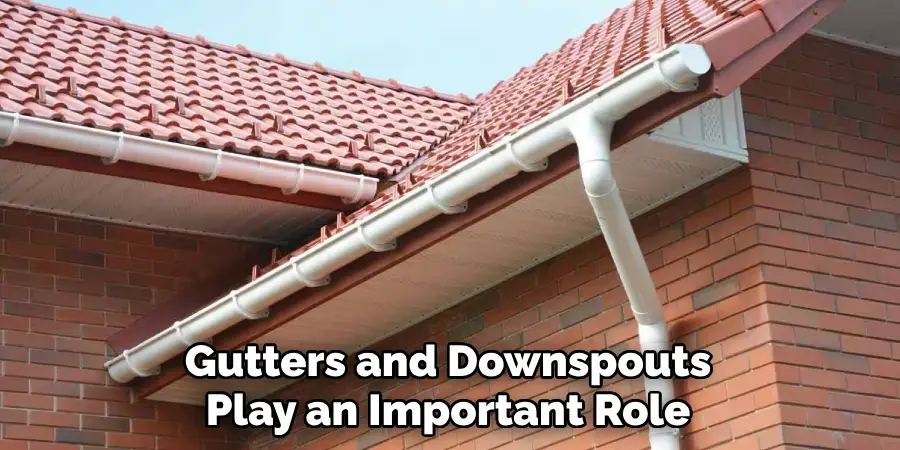
9. Apply Sealant
In order for a gable roof patio cover project to last longer than expected without requiring frequent repairs due to weather conditions like wind & rain storms, etc., apply the sealant onto all exposed surfaces, including joints between different components like fascia boards & soffit boards, making sure there is no gap left between them which could lead water leakage problem down the line if not taken care properly at this stage.
10. Add Finishing Touches
Finally, once everything else has been taken care of during the construction process, it its time to add finishing touches like painting/staining components like fascia boards & soffit boards, etc., if desired, followed by adding decorative elements like outdoor furniture items such as chairs, tables, etc., which would enhance overall look & feel factor associated with newly built gable roof patio covers thus completing the entire project successfully!
Things to Consider When Build a Gable Roof Patio Cover
A gable roof patio cover is a great addition to any home as it not only adds value but also provides a comfortable outdoor living space. However, building a gable roof patio cover requires careful consideration and planning to ensure its safety, functionality, and aesthetics. In this section, we will discuss some important factors that you should consider before building a gable roof patio cover.
1. Local Building Codes and Regulations
Before starting any construction project, it is important to check with your local building department to ensure that you comply with all the necessary codes and regulations. This includes obtaining the required permits and following specific guidelines for things like structural design, materials used, and minimum height requirements.
2. Climate and Weather Conditions
The climate and weather conditions in your area should also be taken into account when building a gable roof patio cover. For instance, if you live in an area that experiences heavy snowfall or high winds, you may need to design the structure to withstand these conditions.
3. Size and Placement
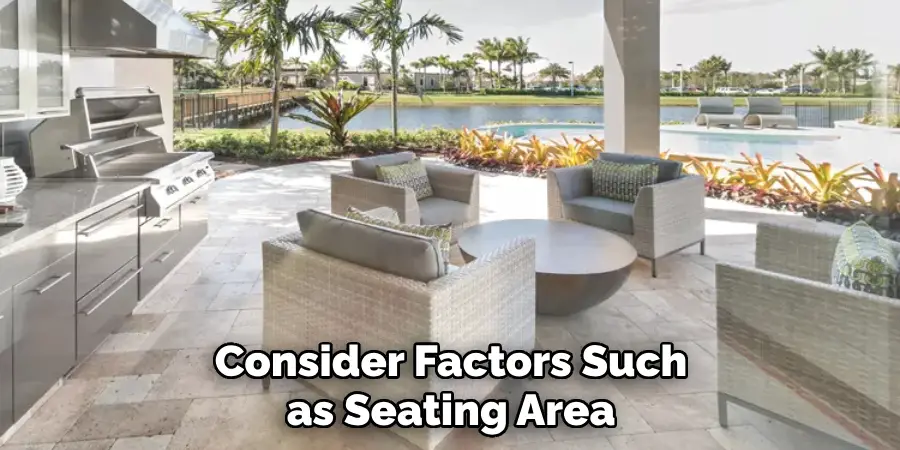
The size and placement of your gable roof patio cover will depend on the available space in your yard and how you plan to use it. Consider factors such as seating area, outdoor furniture, and traffic flow when determining the size of your patio cover.
Conclusion
Building a gable roof patio cover can be a highly rewarding endeavor. Not only does it provide an extended area of outdoor living space, but it also adds protection from the elements and can be a great spot for entertaining friends and family. Overall, constructing this type of roof is fairly easy with the right tools and materials, as long as no structural changes are involved to your existing home or garden.
With proper planning, patience and knowledge, you can feel confident about building your own gable roof patio cover. Hopefully this guide has provided enough information to get you started in exploring how to build a gable roof patio cover. As always, take safety precautions when working on projects such as this one, use the best materials available and don’t hesitate to contact an experienced contractor if necessary. Good luck!

